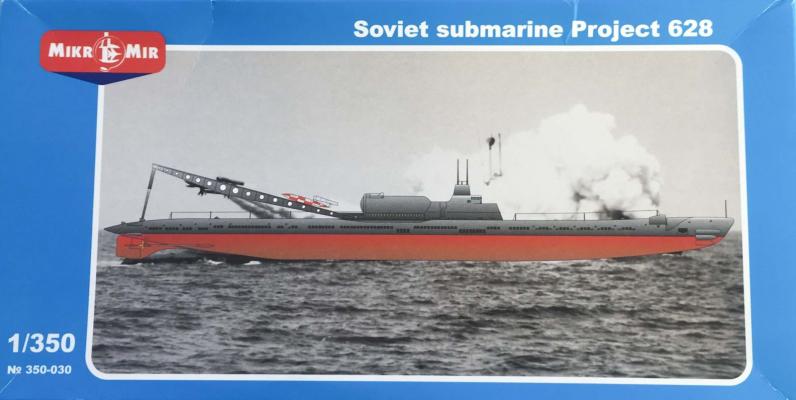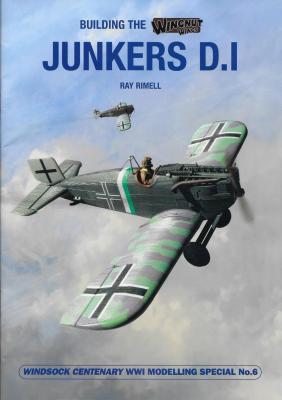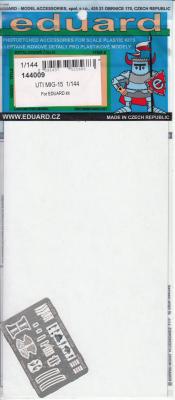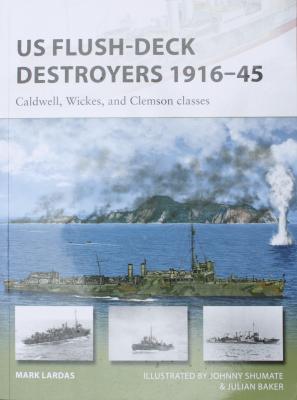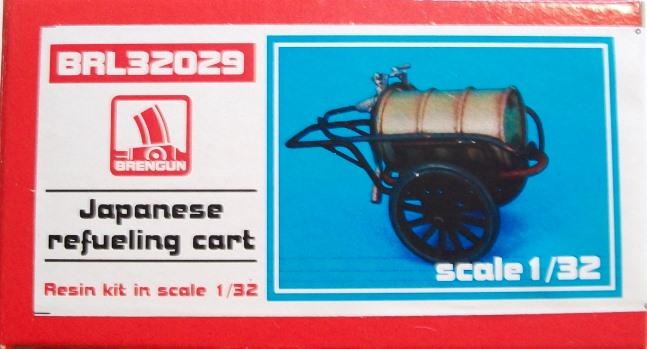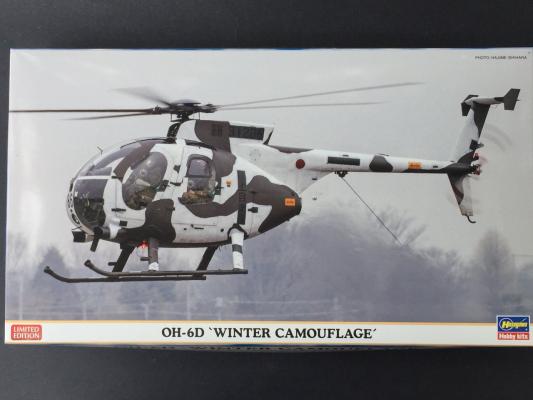Project 628 was a design study, circa 1952-1953, to fit a Vladimir Nikolayevich Chelomei (Влади́мир Никола́евич Челоме́й) sub-sonic cruise missile to the 1,500-ton diesel-electric Soviet XIV series K-Class sub. The Russian Project 628 proposal is similar to what the US Navy did with a ‘Loon’ launching from a Gato Class submarine, the USS Cusk SSG-348. The original K-Class design was approved in 1936 as a long range "cruiser submarine" with a heavy torpedo and gun armament. The boats could operate as a "fleet submarine" working with the battle fleet or as long range commerce raiders. The double hull was divided into seven compartments. It was originally planned to carry a small floatplane for scouting but this concept was abandoned when the planned aircraft proved too flimsy. Twelve submarines were built, although seven of them ended up being trapped in Leningrad by the Germans, and were not finally completed until after the end of the war.
What's New
This is another high-quality resin aftermarket product from QuickBoost and their parent company Aires.
These gun barrels are a simple replacement for the 1/32 Revell He 219 barrels. They are attached to a resin stub, and each gun will need to be removed with a razor saw. All the barrels show fine detail and hollowed barrel ends.
Per the QuickBoost instructions when using Part # 2 (that replaces kit part # F41), the outer two barrels need to be removed. QuickBoost shows where to cut with the use of indentations in the stub. This is also shown in the Revell instructions. These guns will be used in the forward fuselage belly. The two guns that were removed can be used in the upper fuselage gun pack if required.
Part 1 is a wing root mounted gun and replaces Revell kit # G50.
This is the sixth, and latest, in Albatros’ series of “Windsock Centenary WW1 Modeling Specials,” each dedicated to building specific Wingnut Wings Kits
The booklet itself is done to very high publication standards, featuring 44 full-color, glossy pages within covers of slightly thicker stock.
In keeping with the format of the series, this book covers a step by step build of WNW’s latest release, the Junkers D.1. There are also scale plans, a collection of photos from a special archive, and a nice appendix.
Justo Miranda is well known for his books on Luftwaffe paper projects and designs, having published many soft cover and hard cover books on these subjects. His background as a tech drawer and advisor to the Spanish Air Force Museum have aided in the quality of his books.
This book covers the jet fighter designs of Kurt Tank and Focke-Wulf. It is divided into 29 chapters covering the jet designs that were proposed in WWII and beyond by the company and Mr. Tank.
Focke Wulf, producers of the superb Fw-190 and its derivatives were probably “saved” by their decision to go with a radial engine design thus not being in direct competition with the favored Messerschmitt Company for inline engines since by winning the 1936 fighter competition meant it had first priority for advanced inline engines.
This is the photoetch upgrade set for Eduard’s 1/144 MiG-15 UTI kit, stock number 4444.
The PE fret contains parts for the cockpit, undercarriage doors, wing fences and antennas.
The PE is done concurrently with the kit build, as the tiny parts in the cockpit are just too small to manage while the parts are mounted inside the fuselage. The cockpit upgrade consists of instrument panels, control sticks, side consoles, and seat belts.
The additions to the cockpit make it stand out and look really good.
I did not use the wing fences. I just don’t have the skill with the glue to make these look convincing. I have done this before with other kits, and the bottoms of the fences always look blobby, with areas not well connected.
On to page 2 of the instructions.
The Aircraft
The MiG-15UTI is the two seat trainer variant of the MiG-15 fighter from the Korean War. It has been produced by the USSR, Czechoslovakia (S103), Poland(Lim-2), China (JJ-2 / Shenyang FT-2). The MiG-15 UTI has been used by a lot of countries, including the United States, which uses it as a test pilot trainer for foreign students. The Eduard instructions provides 8 sets of markings, 2 Czech, and one each from USSR, Finland, Indonesia, Syria, Iraq and Algeria.
The Kit
The kit contains two complete UTIs. The fuselage top and wing are one piece, with the fuselage bottom separate. This sure makes it easy to get the wing sweep and angle correct. There is a cockpit and a canopy mask, which is marvelous. The vertical tail and horizontal stabilizers are three separate parts.
Thanks to Osprey Publishing for the review copy!
Mark Lardas is a real “rocket scientist” who has worked on Space Shuttle analytics and navigation. He is also an accomplished author with at least ten books on naval topics, and a model maker as well. See his website for more details (www.marklardas.com).
New Vanguard 259 covers the large number of WW I era US Navy destroyers known as the flush-deckers and four-pipers, another overlooked topic. Like other Osprey books, this issue is 48 pages (not counting the front/back covers) – enough for an excellent synopsis of design, characteristics and historical highlights of these warship classes.
Hauler has provided another addition to the great Diorama releases from Brengun with this Japanese refueling cart for use with Japanese WW2 Air forces. These were used to manually pump fuel for military logistics operations.
The detail quality is great; there is a lot of easily removable flash and no other noticeable imperfections. The parts once removed from the mold base are ready to assembly. The parts are very delicate parts that need careful removal and added to the assembly.
The Assembly is quick and easy. Please be care cutting the parts as I did find a few air bubbles in the cart frame which did lead to a couple of breaks that need repairing. The Axle is not numbered on the instructions and this is in fact part number 5.
I was a little disappointed that the rubber hose was not including in the kit.
The final part is painted as shown in the box and looks great as an addition to any diorama.
First flown in 1963, the HUGHES OH-6 is a light observation helicopter capable of carrying four at cruise speeds of up to 135 knots. The type is also known in the civilian world as the Hughes 500 series. A number of countries used the OH-6 including the Japanese Self Defense Force who used aircraft built under license as the OH-6D by Kawasaki Heavy Industries. That version is represented in this kit.
This is a limited-edition kit and comes in the now common Hasegawa top open box with a photo of the real thing on it. Inside you find high quality parts typical of this company with restrained panel lines and very good fit. Six resin parts are included that consist of antennas and a supplemental tail light assembly.
"The Panzer IV – Panzerkampfwagen IV – was one the foremost German fighting vehicles of the Second World War, and this volume in the TankCraft series is an ideal introduction to it. With detailed captions, text and illustrations the book tells the story of the technical development of the Panzer IV and the numerous variants that went into production. In addition it describes how this vehicle evolved from infantry support to become the backbone of the Panzer units. It was modified and upgunned to face ever-increasing enemy threats, and it proved to be so diverse and effective that it earned a unique tactical role on the battlefield.

